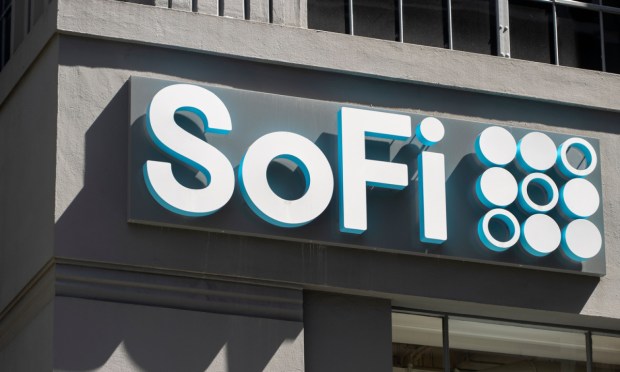SoFi Debuts Student Loan Tool as Consumers Feel Repayment Woes

SoFi has debuted a tool to help consumers pay off student loans and still save for retirement.
The personal finance company’s SoFi at Work unit on Thursday (June 8) unveiled its student loan verification (SLV) service, launched in response to a recent change in retirement laws.
That change, part of the Securing a Strong Retirement Act, lets companies match employees’ student loan payments with contributions toward retirement plans as part of a benefits program.
“For organizations looking to make the most of this policy change, SLV simplifies the process of linking matching employer retirement contributions to employee student loan repayments,” SoFi said in a news release.
“SLV helps the workforce make the most of retirement plans through 401(k) or 403(b) contributions, while still paying down student loan debt. As the cost of education has skyrocketed, student loan debt has more than doubled over the last 20 years, its impact on retirement savings has grown, too.”
SoFi at Work collaborates with financial groups and record keepers to administer Student Loan Verification. Once employers determine employee eligibility based on student loan debt balances, SoFi handles things like plan design, data security and reporting.
The program is launching at a time when student loans are squeezing consumers, especially those who are part of Generation X.
As PYMNTS wrote earlier this week, the generation’s outstanding loans come to an average of $43,438, with loan payments making up 8.8% of their disposable income. This is much closer to baby boomers and seniors’ average of $44,364 than the next amount down, millennials’ $33,173.
“One reason for this could be that this generation is both responsible for paying off their own lingering student loans as well as possibly subsidizing their own children’s loans,” PYMNTS wrote on Tuesday (June 7).
However, as the Education Data Initiative has found, Gen X holds an outsized burden of the national student loan debt, carrying 39% of the country’s total. This steep nationwide share, combined with high individual repayments, could put added pressure on Gen X as student loan payments are set to resume.
It’s not just Gen X suffering. As noted here Thursday, millennials with student loans stand to lose 6.5% of spending power as repayments resume, an issue that would be felt at the retail level.
“The development has raised concerns about the negative impact on the retail industry, with major players such as Amazon, Target, Walmart and Ulta Beauty among those likely to be affected,” PYMNTS wrote. “As these retailers rely heavily on millennial consumers, the anticipated reduction in spending capacity may present significant challenges for their profitability and growth.”
